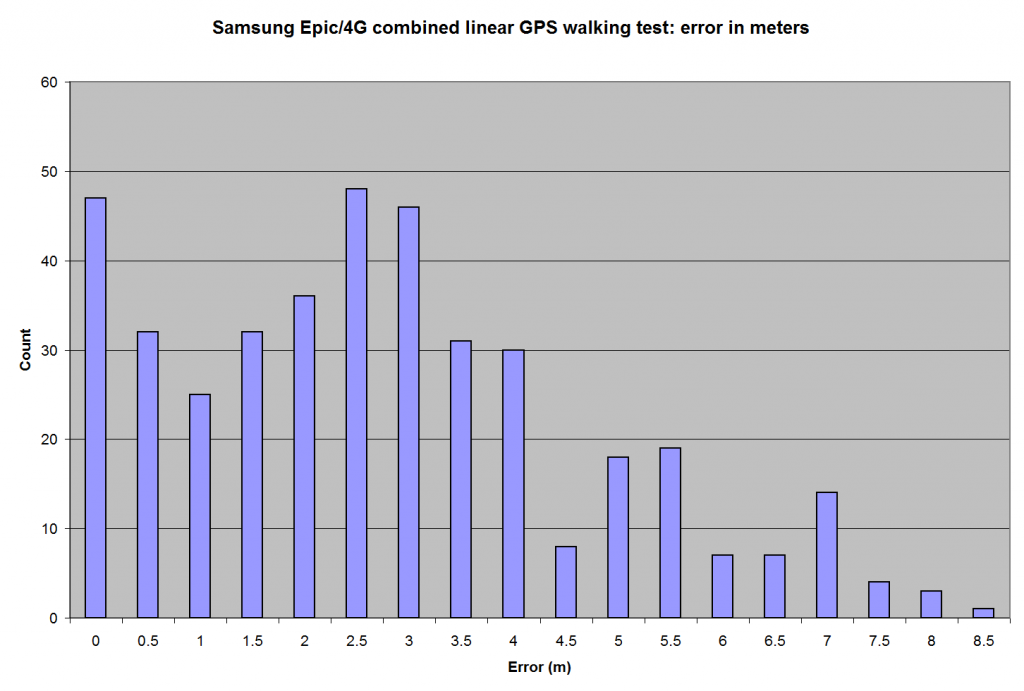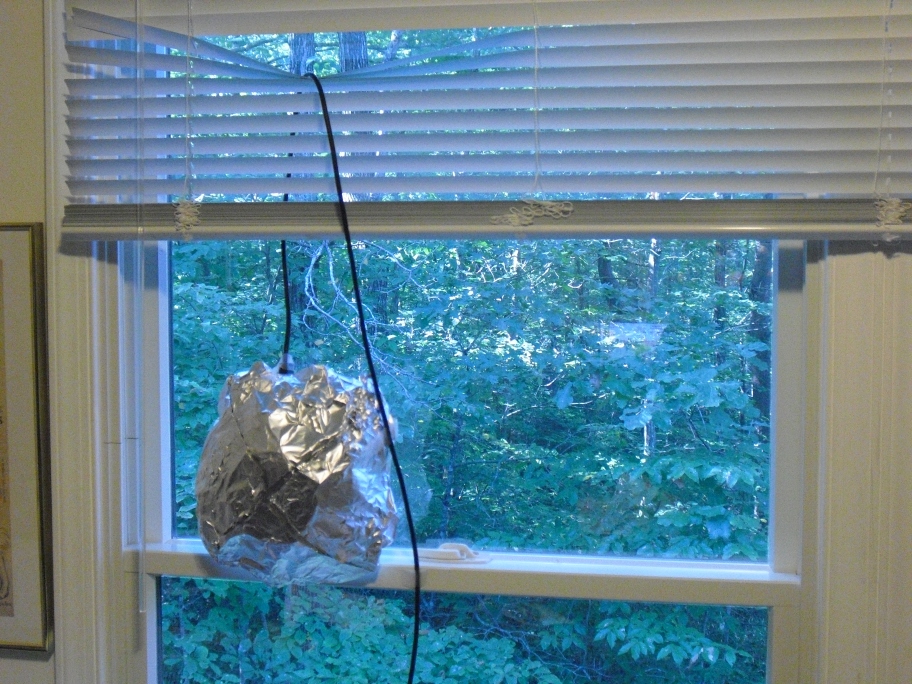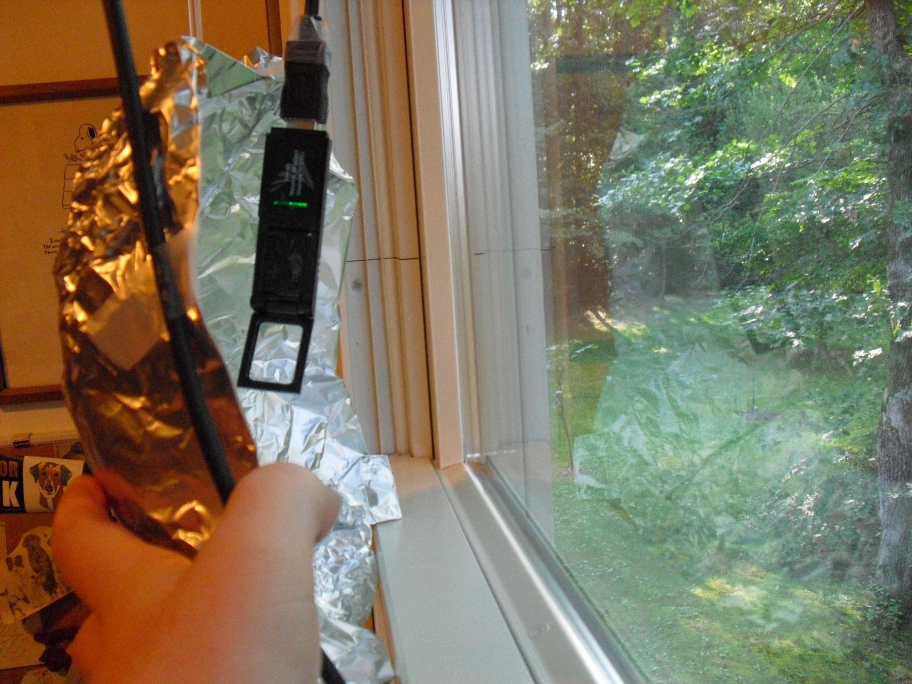Recently, there has been some concern that Samsung’s new Galaxy S phones may have fairly serious GPS implementation issues. From the comments I’ve seen online, this does appear to be the case with the earlier Galaxy S phones (I don’t have any of those, so can’t confirm that). The problem was rumored to have been fixed on the new Epic 4G phone, though — but mixed results have been posted online.
Since I use my phone’s GPS for many tasks, I decided to try an independent walking test of the GPS accuracy on the Epic 4G. I found a long, straight stretch of sidewalk and used Google Earth to determine the latitude and longitude of the endpoints (roughly 333m apart). With the latitude and longitude of these points recorded, I walked from one point to the other and back along the line (with an accuracy of maybe 10cm or so), recording the track. For each recorded point, I took the measured longitude, calculated the expected latitude value, and noted the absolute difference between this value and the actual measured latitude for that point. The mean error in latitude was ~3.0087m, with a standard deviation of ~2.003m. The worst-case point was ~8.579m off.
Here is a visual track for the test; green and blue represent the measured tracks, while red represents the actual path walked:
Here is a histogram of the absolute calculated error in latitude:
The reported position accuracy was exactly 30.0m for the entire test, strongly suggesting (in fact, all but proving) that this figure is hardcoded. Fortunately, actual accuracy appears to be much better than that.





